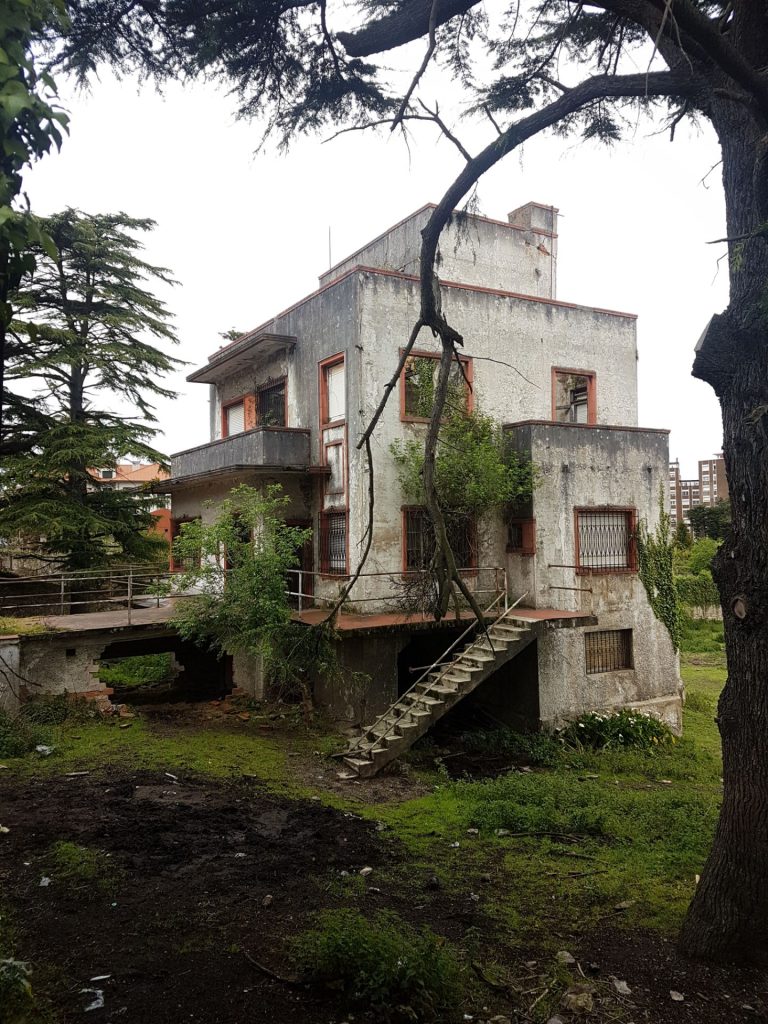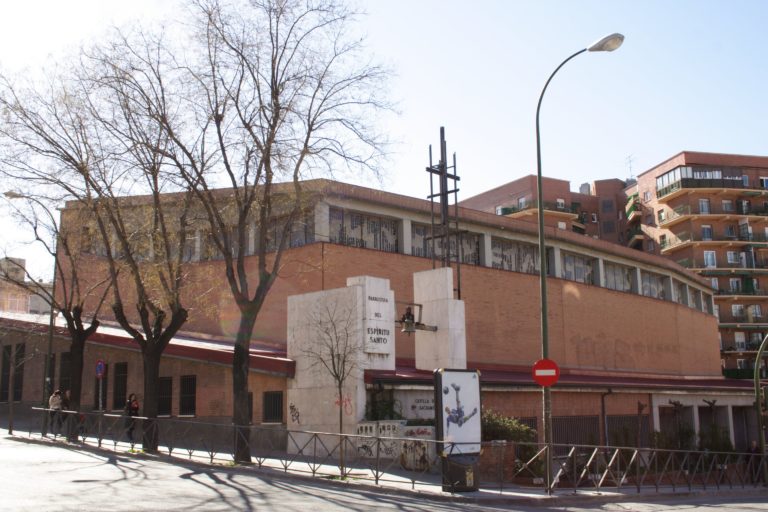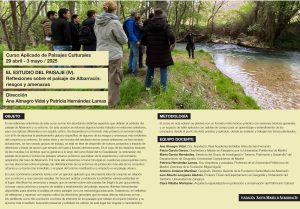
The seminal book by the historian Henry-Russell Hitchcock is called Architecture: Nineteenth and Twentieth Centuries.[1] Taking into account the chronology, this book should give us some indication of when, in Hitchcock’s view, the transition towards modern architecture began.

Hitchcock associates the beginnings of modern architecture with specific people: the third and final section of the book covers the period 1890–1957. In this part, the first two chapters are dedicated to Víctor Horta, Charles Rennie Mackintosh, and Antoni Gaudí. The following chapter is called “Modern architecture of the first generation in France: Auguste Perret and Tony Garnier”. After two chapters dedicated to Frank Lloyd Wright and Peter Behrens, the next chapter is titled: “The first generation in Austria, Holland, and Scandinavia”. In it, Hitchcock writes about the Austrians Otto Wagner, Josef Hoffman and Adolf Loos; the Germans Walter Gropius and Adolf Meyer; the Dutchmen Hendrik Petrus Berlage, Michel de Klerk and Piet Kramer; and the Finn Eero Saarinen.
[1] HITCHCOCK, Henry-Russell, Architecture: Nineteenth and Twentieth Centuries [1958], Yale University Press, New Haven, 1989.












